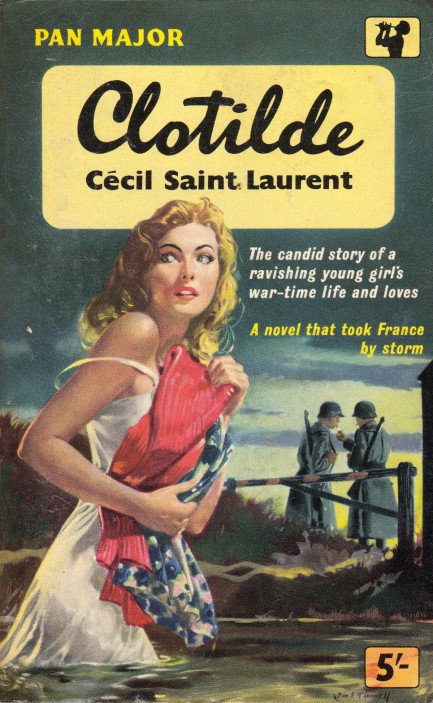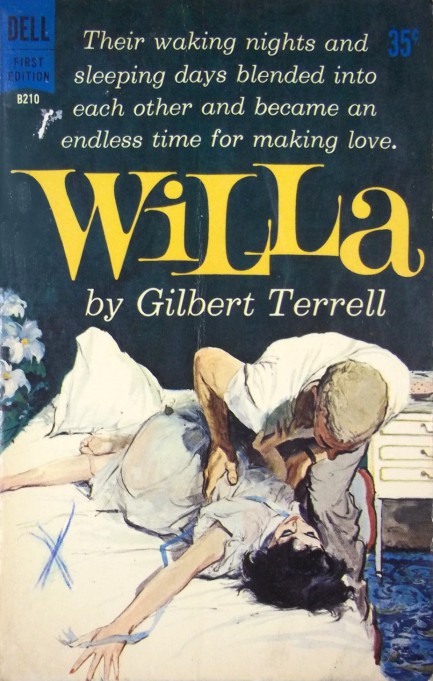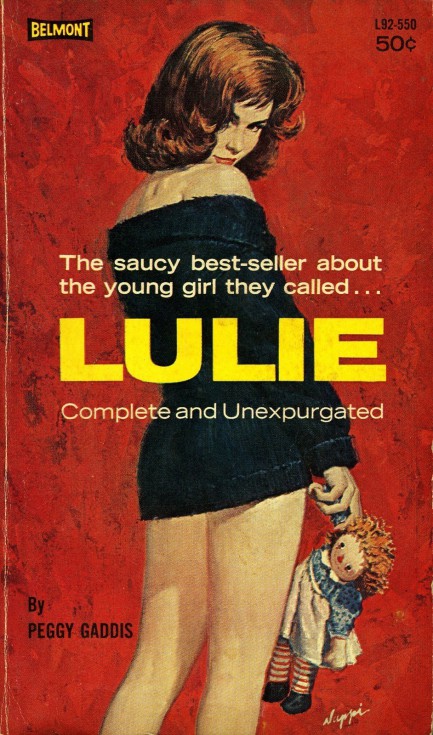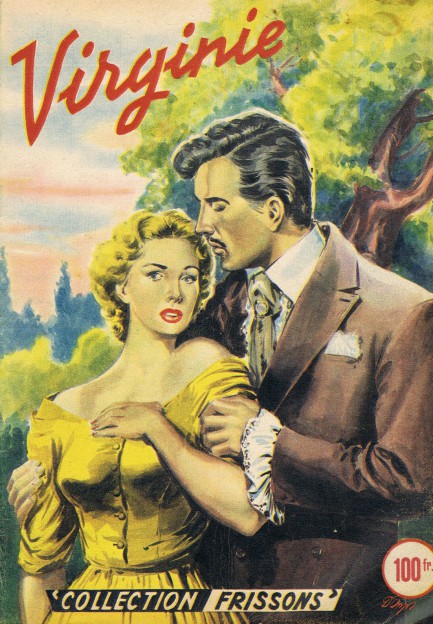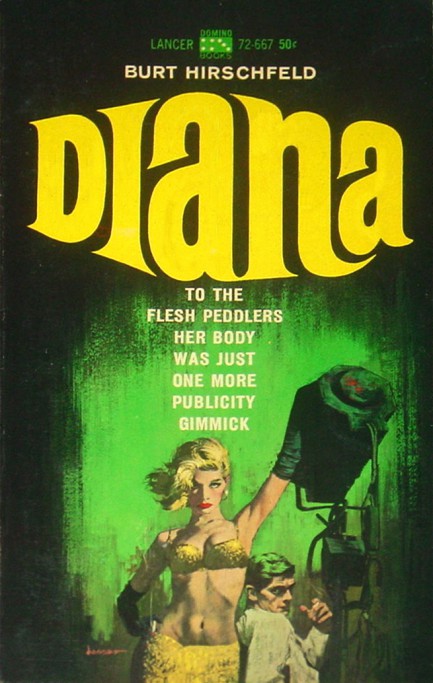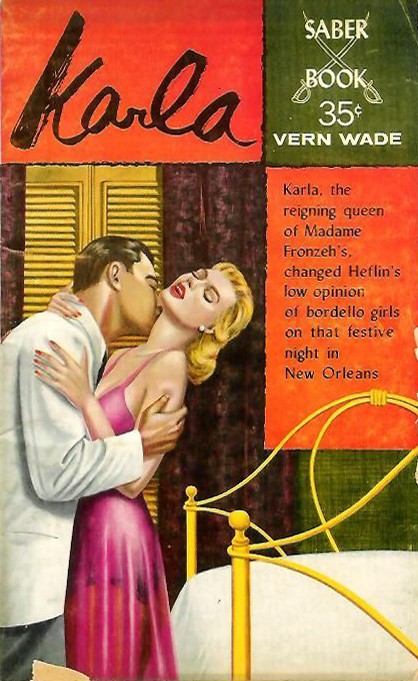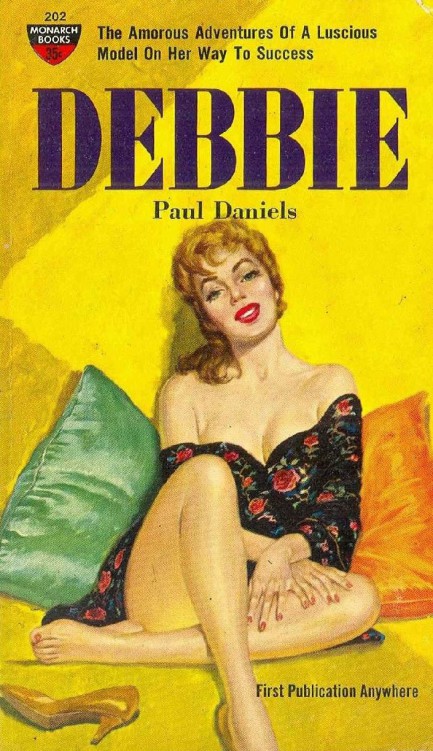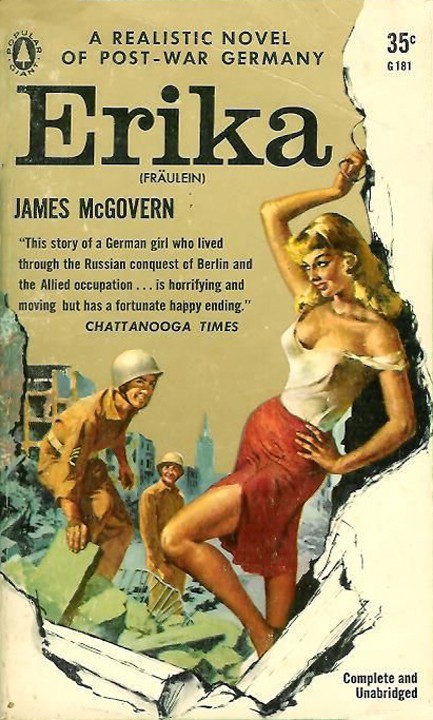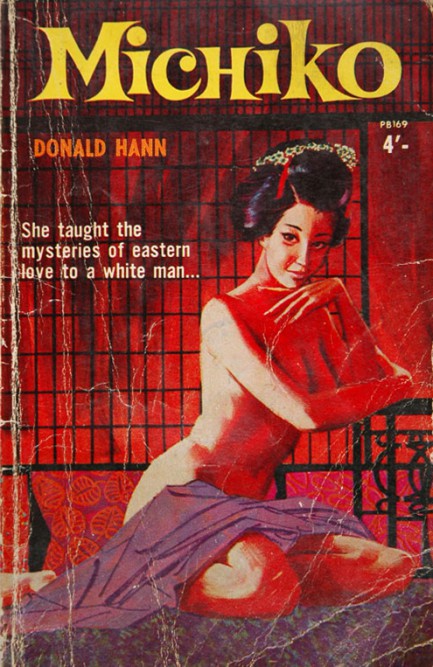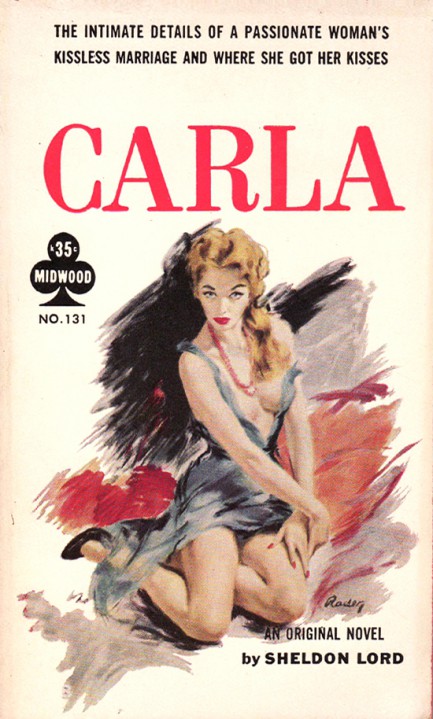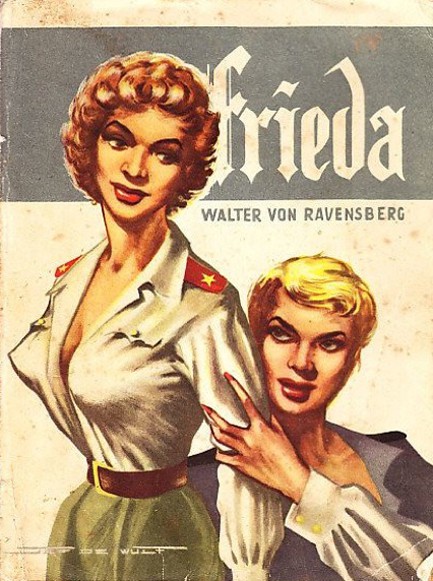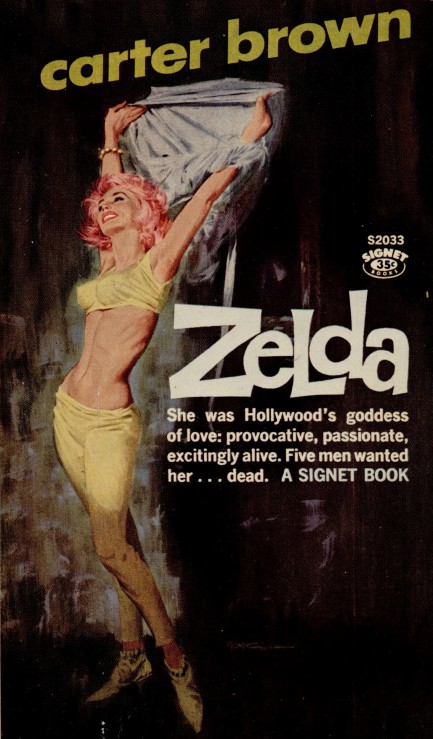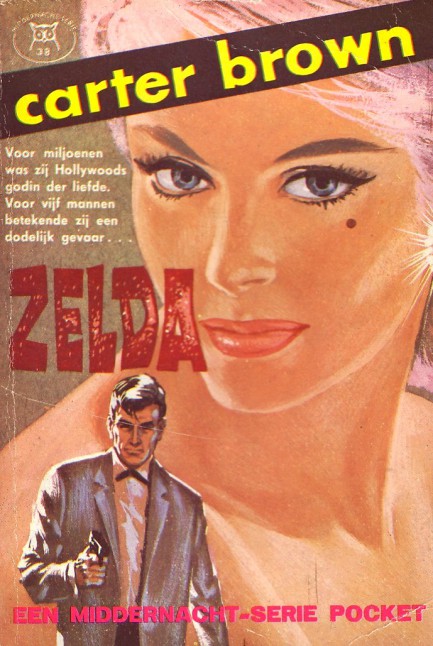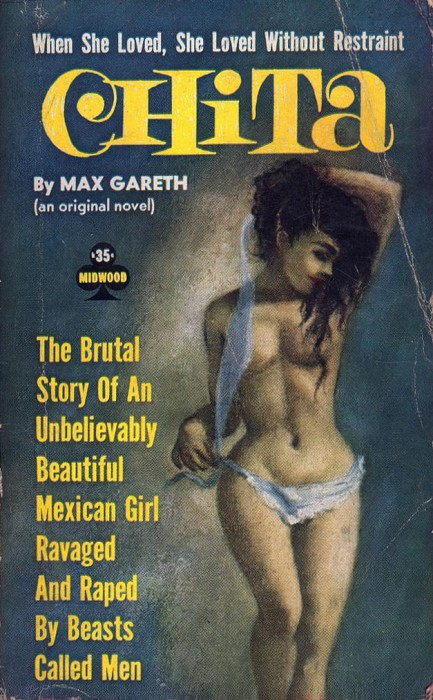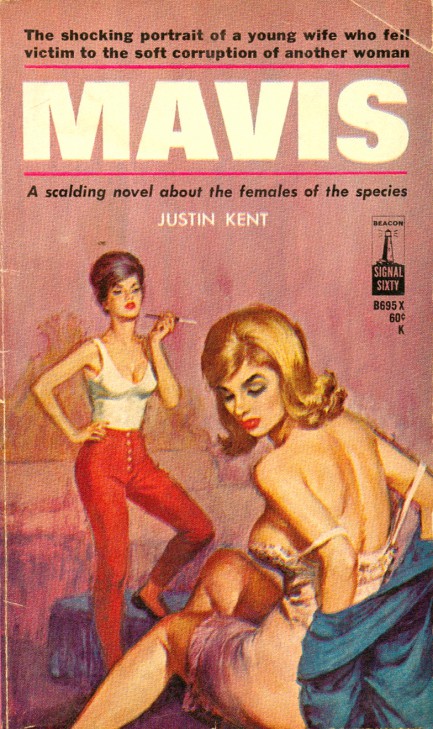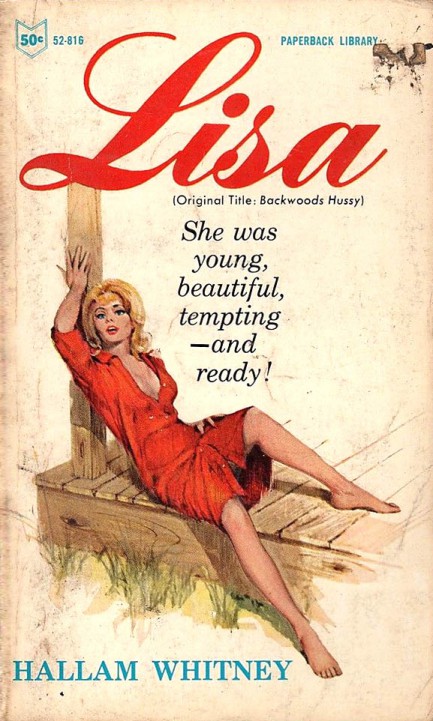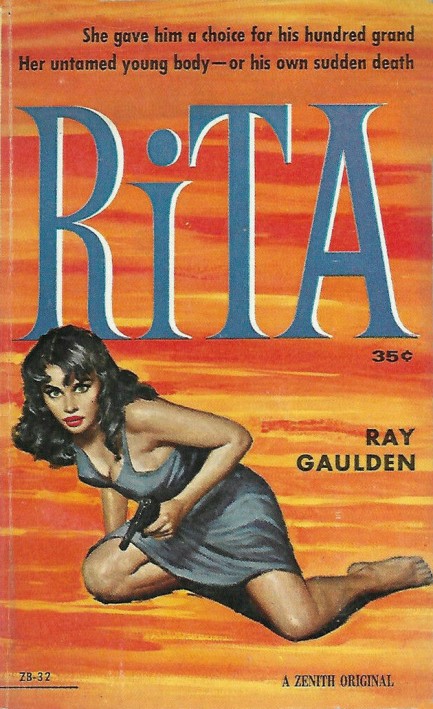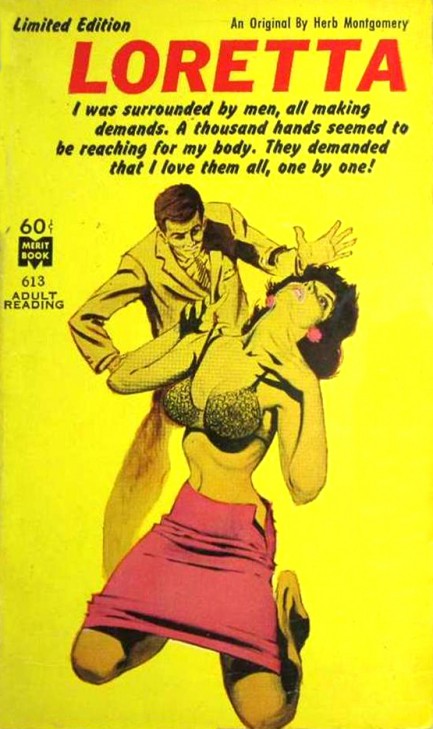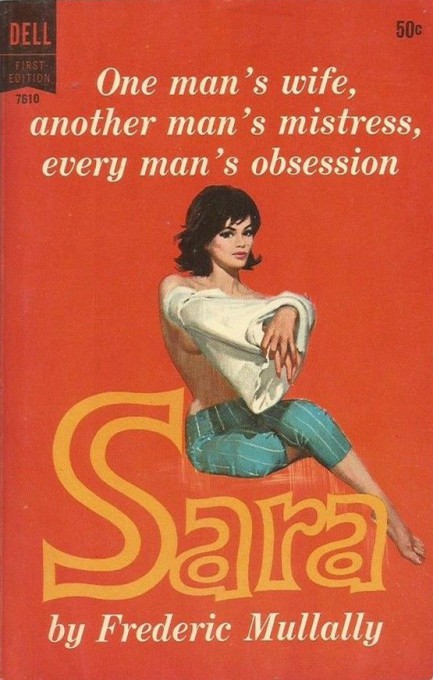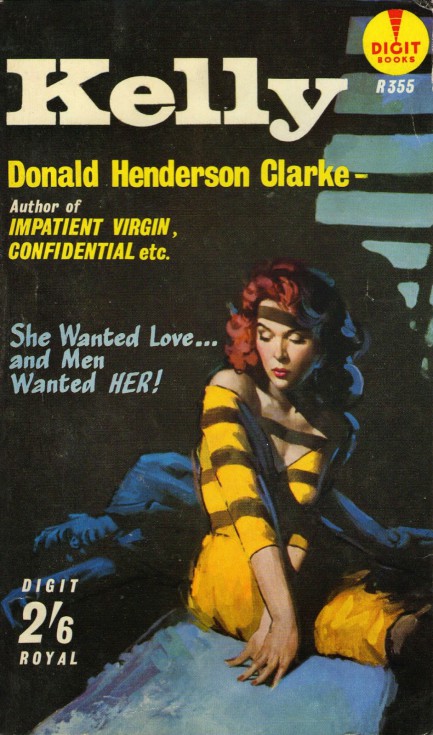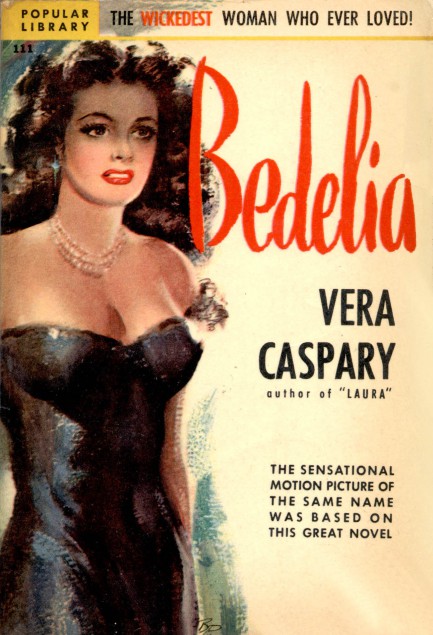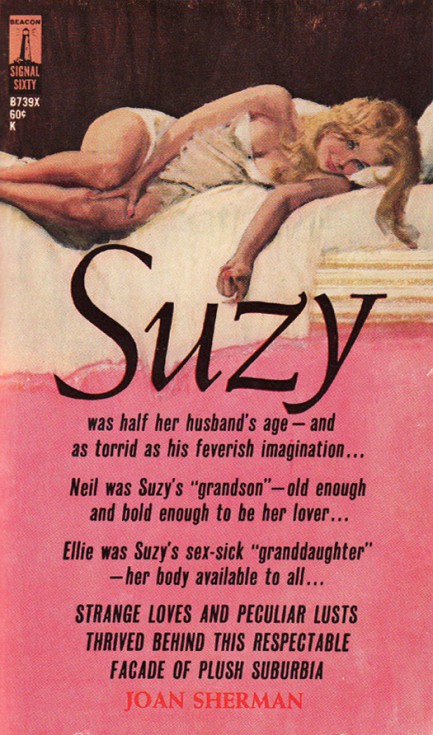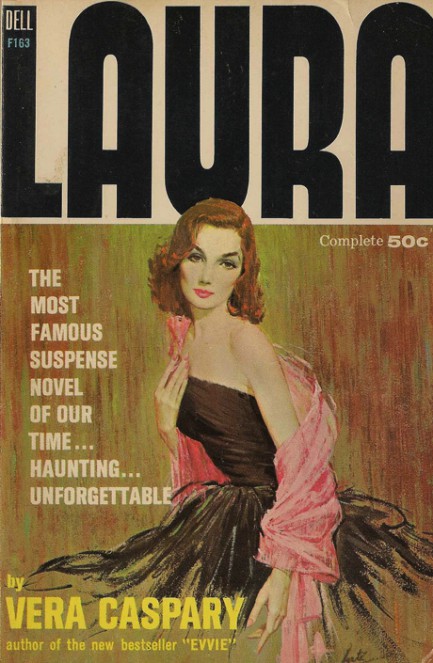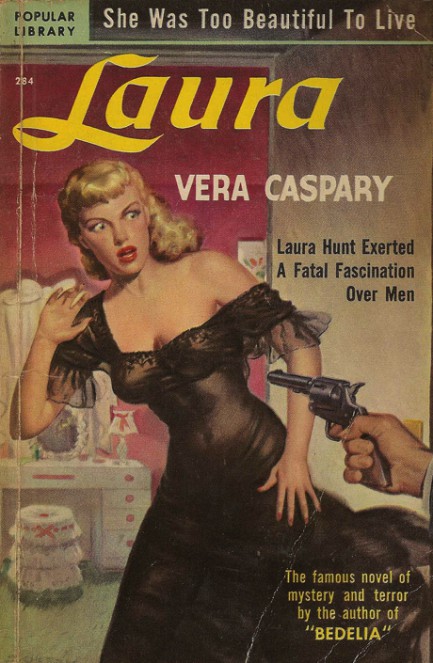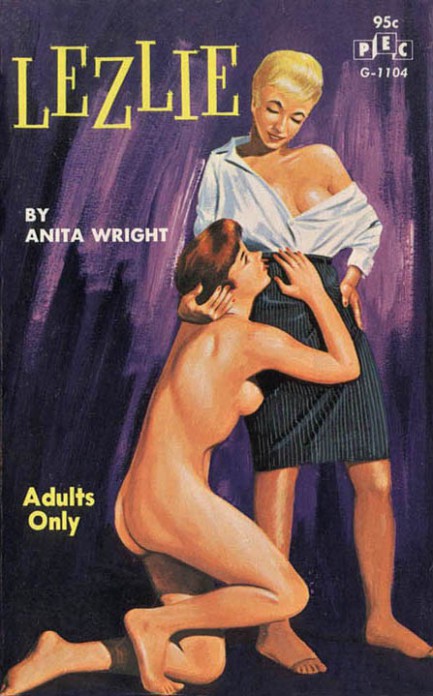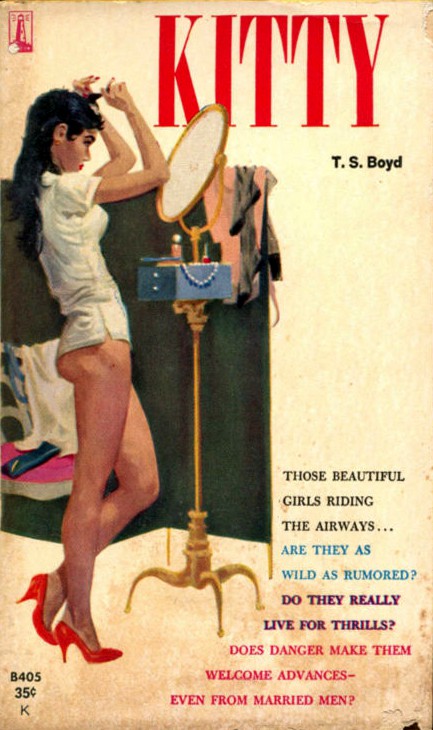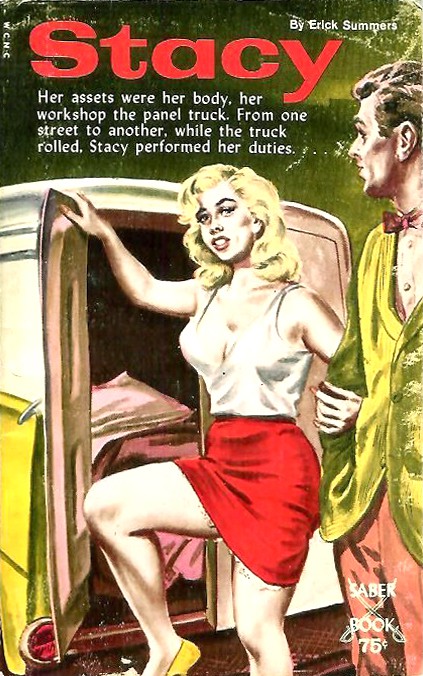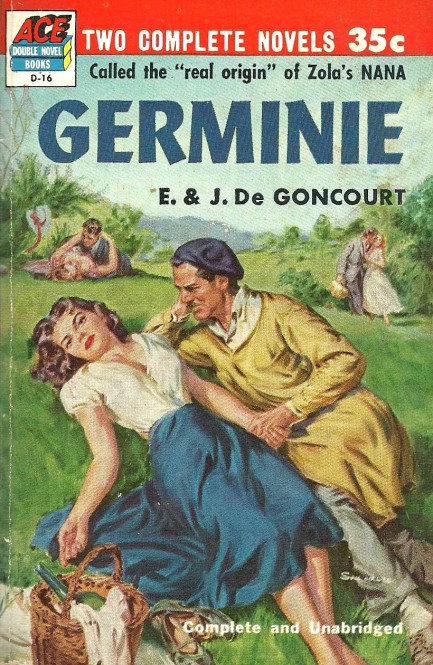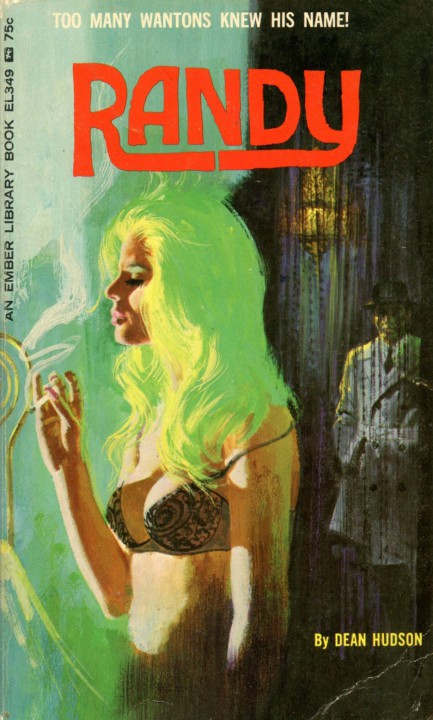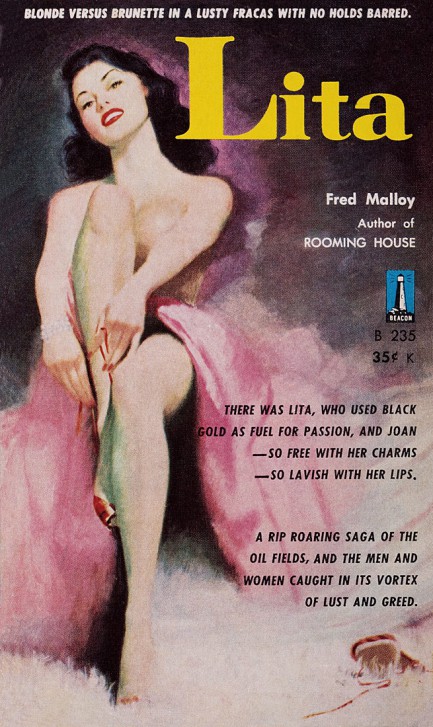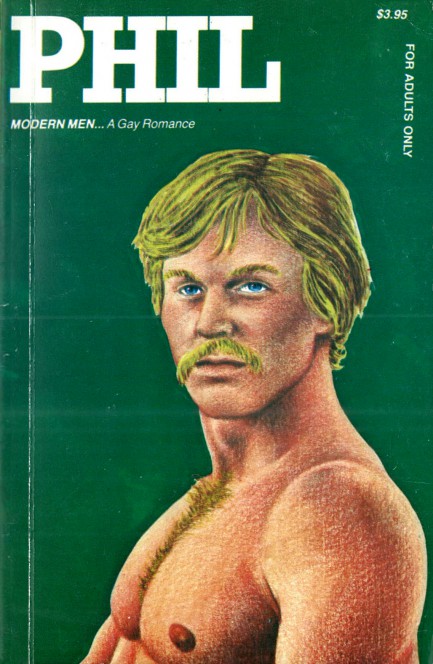
Who's afraid of him? Nobody anymore.
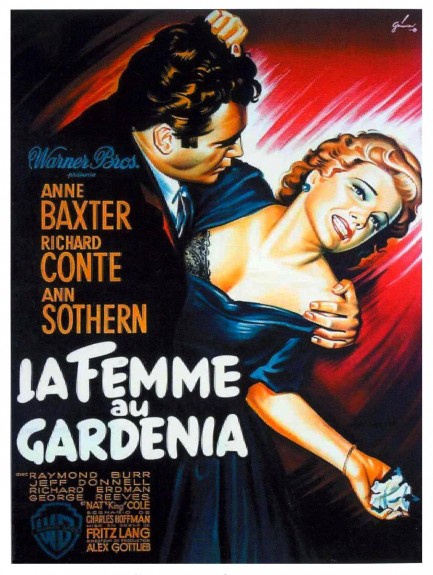
Isn't this a great poster? It was painted for La femme au gardénia, better known as The Blue Gardenia. Every once in a while you come across an old movie that's so ahead of its time you can't believe what you're seeing. This one is about a woman's response to sexual coercion, and law enforcement's reaction to the aftermath. Basically, Anne Baxter, who's five-three and a buck twenty, ends up in the apartment of Raymond Burr, who's six feet and goes at least 230. Burr plies Baxter with booze, and when he later tries to get her horizontal a struggle ensues and he ends up dead. Baxter escapes the apartment, and thanks to the arrival of a very efficient cleaning lady nearly all the evidence of her presence is accidentally erased the next morning before Burr's body is discovered.
So Baxter's scot-free? Well, not quite. There's that whole guilt, edginess, and fear thing, which her roommates notice. And there are a few bits of evidence, which lead to police drawing ever closer. All these are good plot moves. Lacking an identity for the killer, the press begins calling her—the bit of evidence that exists indicates it's a her—the Blue Gardenia, which is a clear Black Dahlia echo. We liked that. And we also liked that, at this point, the film was a thriller built wholly around consent and power. But this was the 1950s. Of course they weren't trying to impart that lesson. What were we thinking? Instead, an ending so pat that it almost ruins the movie comes blundering over the horizon. Is it wrong to suggest watching the first 75 minutes of this and turning it off?
Okay, the movie isn't completely trashed by the ending. It's just that we thought we had something daring on hand, and in reality it's a decent-not-great semi-noir from Fritz Lang that flirts with feminism but decides not to close the deal. However, the story was derived from a novella by author and playwright Vera Caspary, and we can't help wondering if the suits overruled her on a different ending. Probably not, but we'll have to dig that tale up and read it anyway. Regardless, we think the movie is worth watching just for Anne Baxter's bravura performance. And we love the platinum poodle cut she sports too. Plus there's Nat King Cole as, presumably, himself. The Blue Gardenia opened in the U.S. in 1953, and premiered in France today in 1954
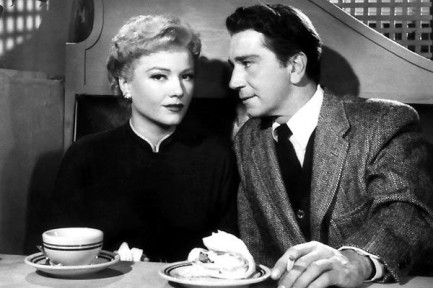
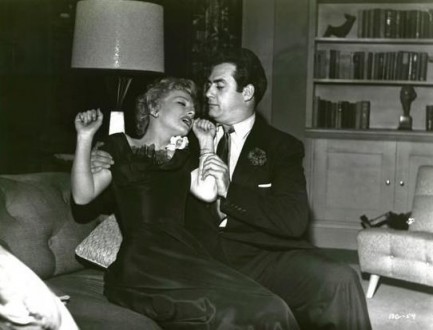
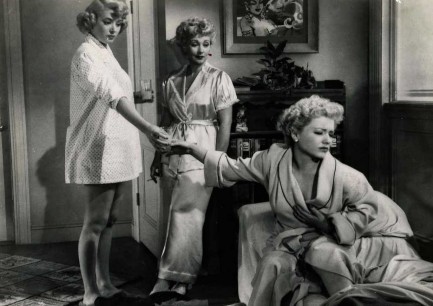
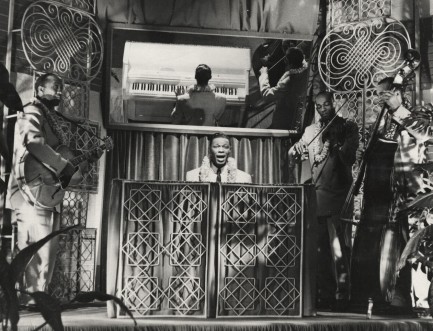
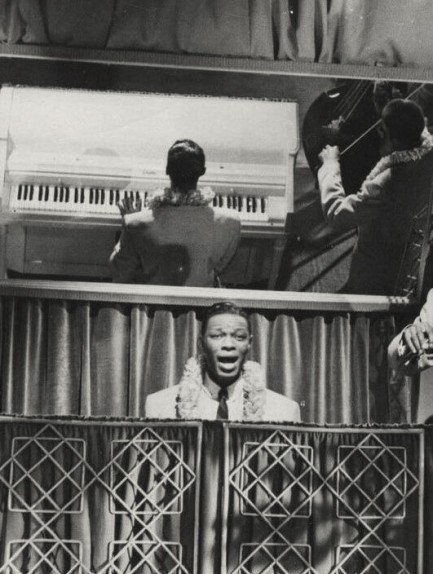
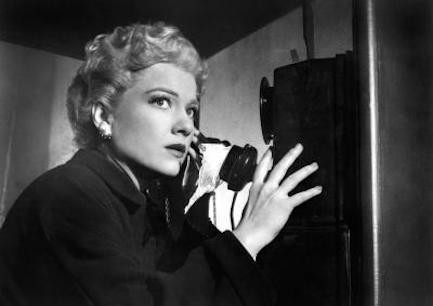
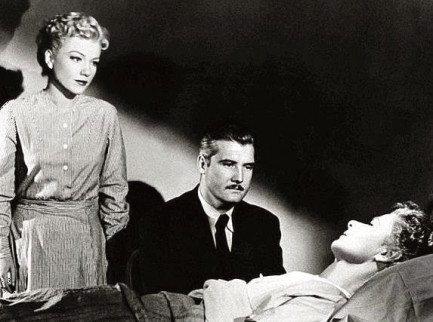
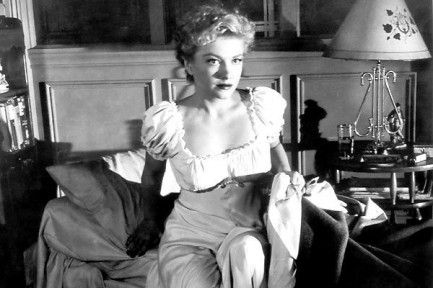

What’s in a name? Everything, if it’s the title of a vintage paperback.
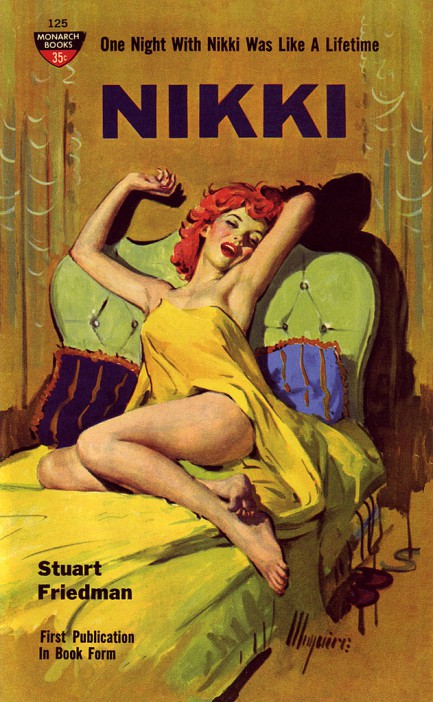
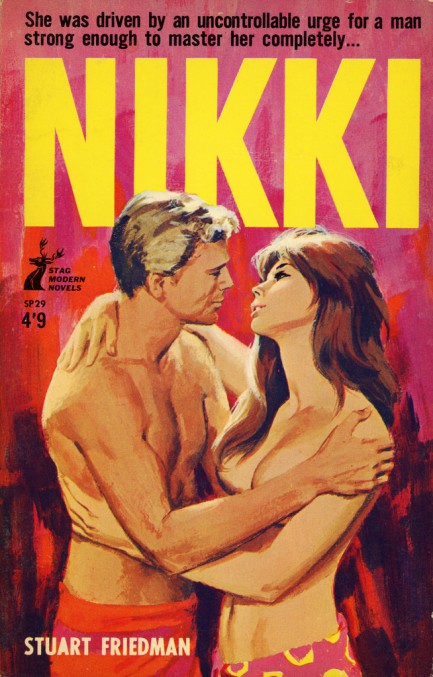
Above and below you will find a large collection of pulp, post-pulp, and sleaze paperback fronts that have as their titles a character’s first name. There are hundreds of examples of these but we stopped at thirty-two. The collection really highlights, more than others we’ve put together, how rarely vintage paperback art focuses on male characters. The prose is virtually all male-centered and male-driven, of course, but because the mid-century paperback market was male-driven too, that meant putting women on the covers to attract the male eye. We tell our girlfriends this all the time, but they still think we just don’t bother looking for male-oriented vintage art. But we do. For this collection we found two novels that have male characters’ names as their titles, and we looked pretty hard. If we had to guess, we’d say less than 5% of all pulp art is male-oriented. In any case, the illustrations come from the usual suspects—Barye Phillips, Robert McGinnis, Jef de Wulf, Paul Rader, et al., plus less recognized artists like Doug Weaver. Thanks to all the original uploaders for these.
